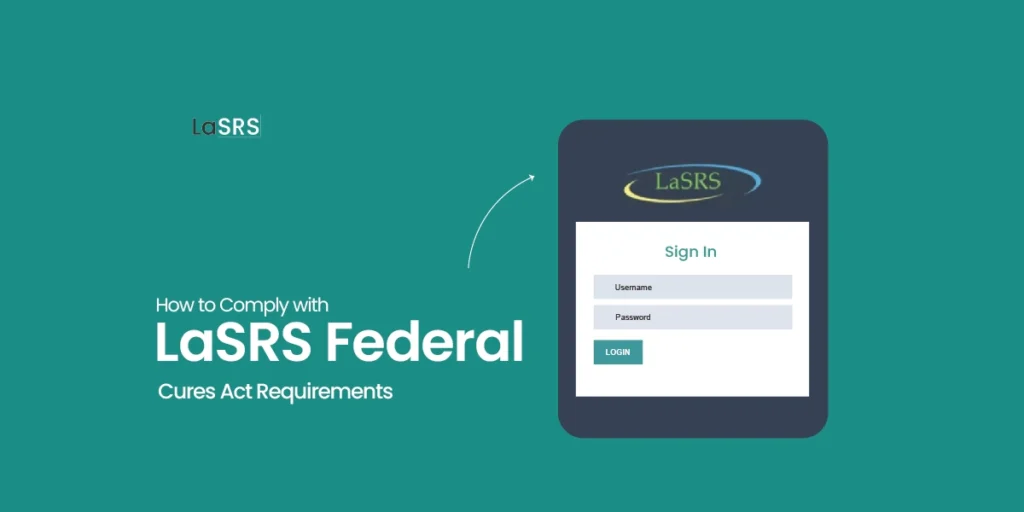In the ever-evolving environment of healthcare regulations, the LaSRS (Louisiana Statewide Reporting System) Federal Cures Act represents a significant milestone aimed at enhancing patient access to their healthcare information. Compliance with its requirements is not just a legal obligation but a step towards more transparent, patient-centered care.
Louisiana’s LaSRS portal comes to the rescue with easy-to-use features that have efficient compliance. Here’s are the simple and easy information what you need to understand.

The Basics of LaSRS and the Cures Act
The 21st Century Cures Act, enacted in December 2016, aims to accelerate medical product development and bring new innovations and advances to patients who need them faster and more efficiently. A critical component of this act focuses on “Information Blocking” and requires healthcare providers to ensure patients have easy access to their health information, facilitating better and more informed healthcare decisions.
Key Requirements
Step 1: Assess Your Current Systems
Begin by assessing your current healthcare information systems. Determine if they are capable of providing easy access to EHI as mandated by the Cures Act. Identify any potential barriers to information sharing and access within your systems.
Step 2: Implement Necessary Changes
Depending on the assessment’s outcomes, implement the necessary changes to your IT infrastructure. This may involve:
Step 3: Foster Transparency and Communication
Communicate with your patients about their rights under the Cures Act. Make sure they understand how they can access their health information and whom to contact if they face any issues.
Step 4: Monitor and Adjust
Compliance is an ongoing process. Regularly review your systems and processes to ensure continuous compliance with the Cures Act requirements. Be open to making adjustments as needed, especially as technology and regulations evolve.
How Does LaSRS Help?
LaSRS, accessible both via web and app, how can a LaSRS help:
This means you can share verified visit records quickly and securely, without drowning in paperwork.
Easy Steps for LaSRS Compliance
To make the most of LaSRS and stay on the right side of the Cures Act, consider these easy tips:
- Timely Submissions: Always submit visit notes as part of your verification routine.
- Check and Double-Check: Make sure patients can see their documents in the portal.
- Embrace Automation: Use LaSRS’s automatic sharing to save time.
- Communicate with Patients: Ensure they know how to receive notifications about new documents.
- Review Your Processes: Everything should be geared toward sharing documents within 24 hours.
Avoid old-school methods like faxing or mailing; LaSRS’s automation is your best friend.
Keep an Eye on Compliance
Regular checks are vital to ensure everything runs smoothly. This includes the following:
Conclusion
Complying with the LaSRS Federal Cures Act requirements demonstrates your commitment to providing patient-centered care. By ensuring that patients have access to their health information, you empower them to make informed decisions about their health. Remember, compliance is a journey, not a destination. Stay informed, be proactive, and always put your patients’ needs at the forefront of your practice.